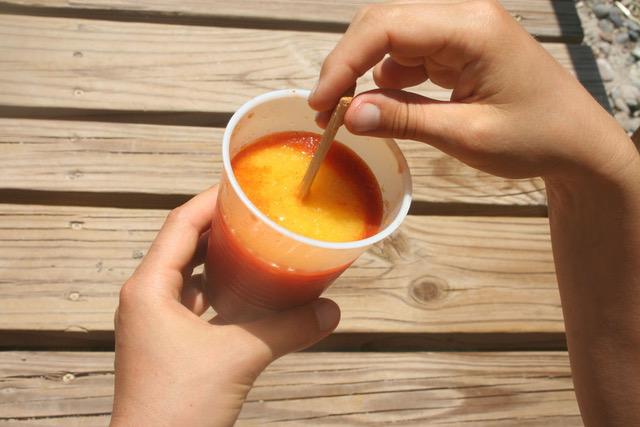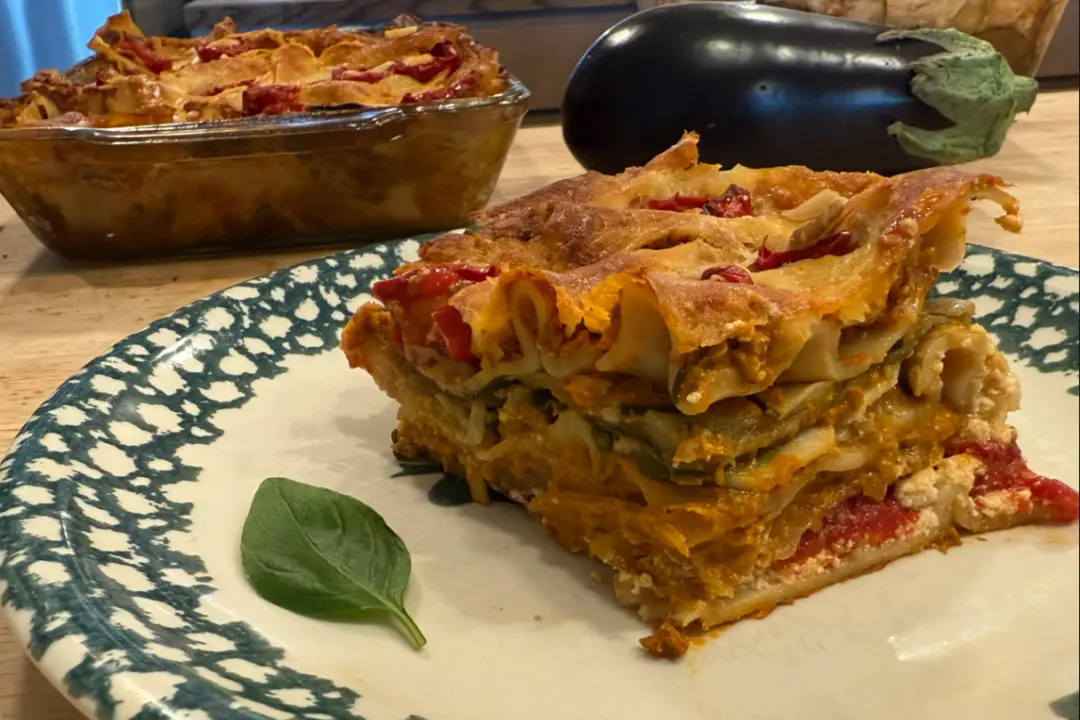As Mexican condiments go, salsa and guacamole get most of the attention. But chamoy, lesser-known in the north, might be more important. This fruit-based sauce is sweet, sour, salty, bitter, and muy picante, all at once, a complete flavor that goes with everything. It embodies a certain boldness that’s common in Mexican food.
Guided by tradition but not bound to it, Mexican cuisine is alive, evolving, and exciting, varying by region yet interconnected by an ethos that finds it perfectly sensible to, say, unroll a tamale onto a hot dog bun. Indeed, chamoy is laden with history as well as pizzazz. It’s a legacy of a small Japanese Mexican population that also brought us maggi, aka Mexican soy sauce. Originally made with salted Japanese plums called ume, chamoy is now made with dried prune plums and apricots, and comes in dried fruit, candy, and sauce forms.





